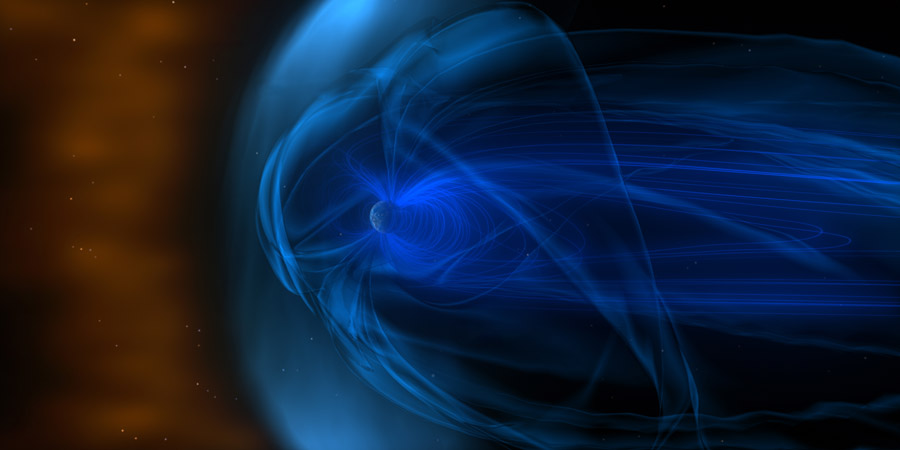Viewing archive of Thursday, 18 July 2024
Geophysical report
Solar and Geophysical Activity Summary 2024 Jul 18 0245 UTCPrepared by the NOAA © SWPC and processed by SpaceWeatherLive.com
Joint USAF/NOAA Solar and Geophysical Activity Summary
SGAS Number 200 Issued at 0245Z on 18 Jul 2024 This report is compiled from data received at SWO on 17 JulA. Energetic Events
Begin Max End Rgn Loc Xray Op 245MHz 10cm Sweep 0626 0639 0701 3743 S10W31 M5.0 2b 560 II 0701 0708 0713 3753 M3.4 340 II/IV 0926 0945 1010 3738 S10W83 M1.2 Sf 1940 1951 1953 3753 N11W46 M1.2 1n 100 1953 1958 2004 3753 M2.0
B. Proton Events
C. Geomagnetic Activity Summary
D. Stratwarm
E. Daily Indices: (real-time preliminary/estimated values)
10 cm 224 SSN 275 Afr/Ap 007/007 X-ray Background C2.3 Daily Proton Fluence (flux accumulation over 24 hrs) GT 1 MeV 3.0e+05 GT 10 MeV 2.0e+04 p/(cm2-ster-day) (GOES-18 satellite synchronous orbit W137 degrees) Daily Electron Fluence GT 2 MeV 1.00e+06 e/(cm2-ster-day) (GOES-16 satellite synchronous orbit W75 degrees) 3 Hour K-indices Boulder 0 ? ? ? ? ? ? ? Planetary 1 2 2 1 2 2 2 2
F. Comments
Boulder magnetometer still not functioning correctly.
All times in UTC
Current data suggests there is a slight possibility for aurora to appear at the following high latitude regions in the near future
VorkutaLatest news
Latest forum messages
Support SpaceWeatherLive.com!
A lot of people come to SpaceWeatherLive to follow the Sun's activity or if there is aurora to be seen, but with more traffic comes higher server costs. Consider a donation if you enjoy SpaceWeatherLive so we can keep the website online!

Latest alerts
20:00 UTC - Geomagnetic activity
Moderate G2 geomagnetic storm (Kp6) Threshold Reached: 19:44 UTC
19:15 UTC - Geomagnetic activity
Minor G1 geomagnetic storm (Kp5) Threshold Reached: 18:59 UTC
18:33 UTC - Solar flare
Moderate M1.31 flare from sunspot region 4055
CME arrival, G3 storm watch
A coronal mass ejection has arrived at our planet. This is the first of possibly two coronal mass ejections that were expected to arrive from filament eruptions on April 12 and 13. The minor G1 geomagnetic storm threshold has already been reached and the NOAA SWPC has a strong G3 geomagnetic storm watch in place for tomorrow, 16 April. Keep an eye on the data here on this website in the hours ahead. There is more action to come!
Read more18:12 UTC - Radio Blackout
Minor R1 radio blackout in progress (≥M1 - current: M1.15)
Space weather facts
| Last X-flare | 2025/03/28 | X1.1 |
| Last M-flare | 2025/04/14 | M4.2 |
| Last geomagnetic storm | 2025/04/06 | Kp5 (G1) |
| Spotless days | |
|---|---|
| Last spotless day | 2022/06/08 |
| Monthly mean Sunspot Number | |
|---|---|
| March 2025 | 134.2 -20.4 |
| April 2025 | 128.8 -5.4 |
| Last 30 days | 129.1 -15.1 |






